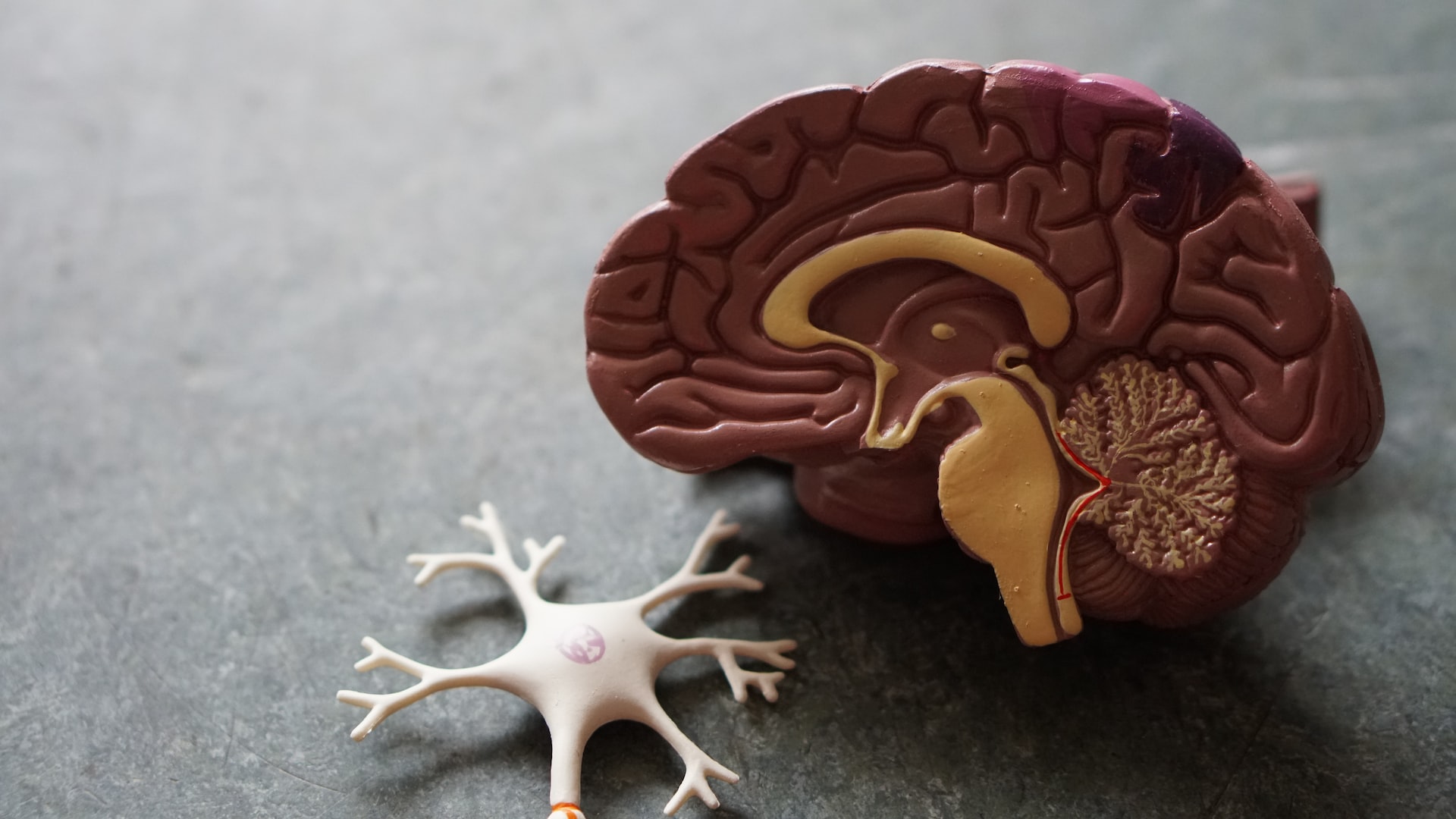Preliminary evidence of links between ayahuasca use and the corpus callosum
Authors:
Journal:
Frontiers in Psychiatry
Year:
2022
About the study
This study was designed to shed further light on the potential effects of ayahuasca use on the corpus callosum. The authors compared the midsagittal thickness of the corpus callosum between ayahuasca users and their matched controls at 100 equidistant points.
Abstract
Background: Recent research suggests that ayahuasca and its alkaloid-containing ingredients may be helpful in the treatment and prevention of certain movement and neurodegenerative disorders. However, such research is still in its infancy and more studies in normative samples seem necessary to explore effects of ayahuasca on clinically relevant brain structures, such as the corpus callosum.
Aims: The purpose of the present study was to investigate links between ayahuasca use and callosal structure in a normative sample.
Methods: Using structural imaging data from 22 ayahuasca users and 22 matched controls we compared the thickness of the corpus callosum between both groups at 100 equidistant points across the entire midsagittal surface. In addition, we investigated point-wise correlations between callosal thickness and the number of past ayahuasca sessions.
Results: The corpus callosum was significantly thicker within the isthmus in the ayahuasca group than in the control group. There was also a significant positive correlation between callosal thickness and the number of past ayahuasca sessions within the rostral body, albeit none of these effects survived corrections for multiple comparisons. No region was significantly thicker in the control than in the ayahuasca group, and no callosal region was negatively linked to ayahuasca use, even at uncorrected significance thresholds.
Photo by Robina Weermeijer on Unsplash.
Categories:
Ayahuasca
, Studies & papers
Tags:
scientific research
, study
, psychedelics
, hallucinogens
, brain
, ayahuasca

